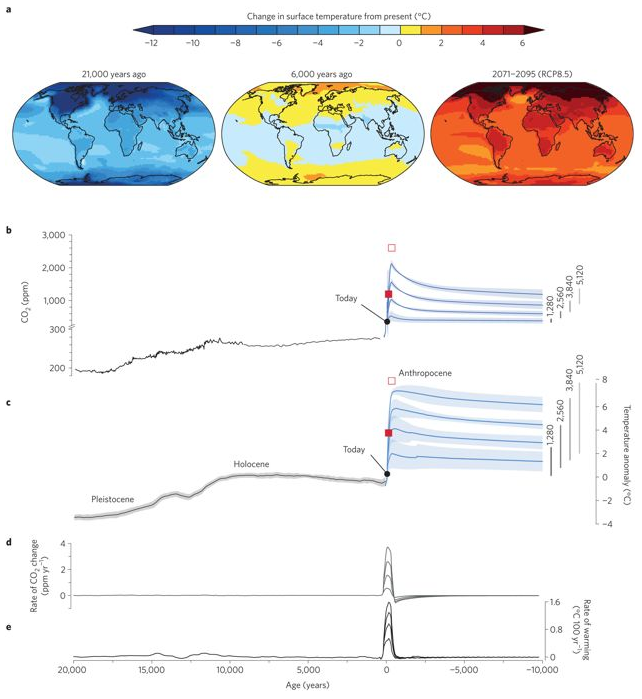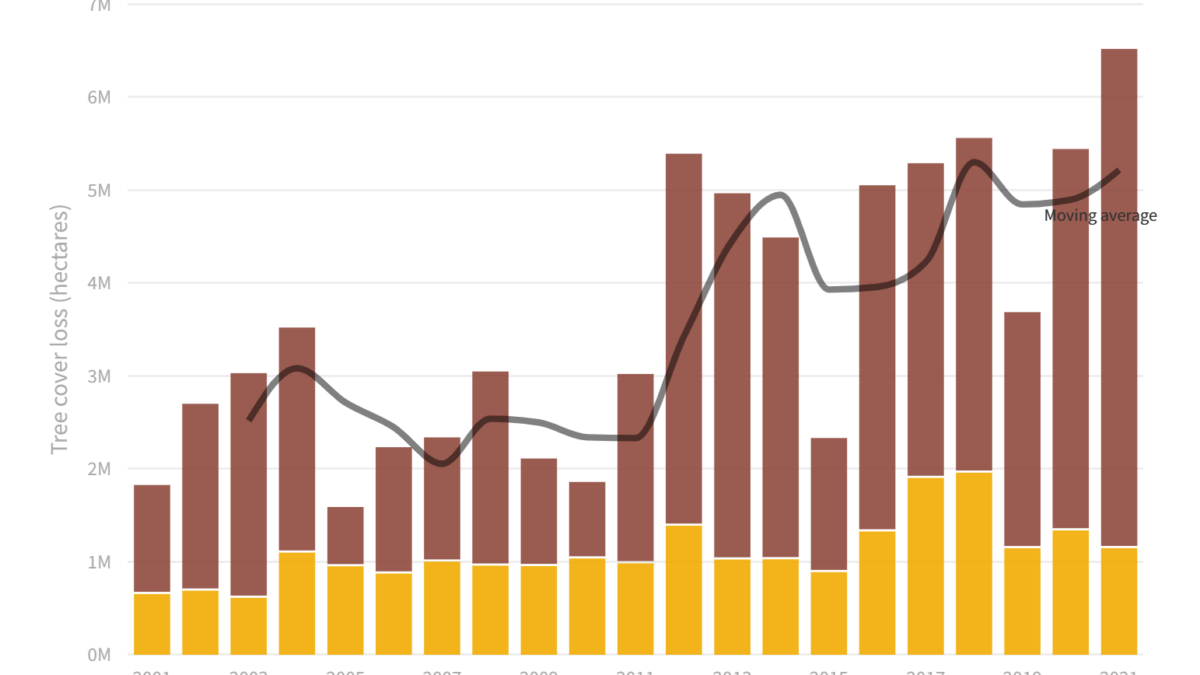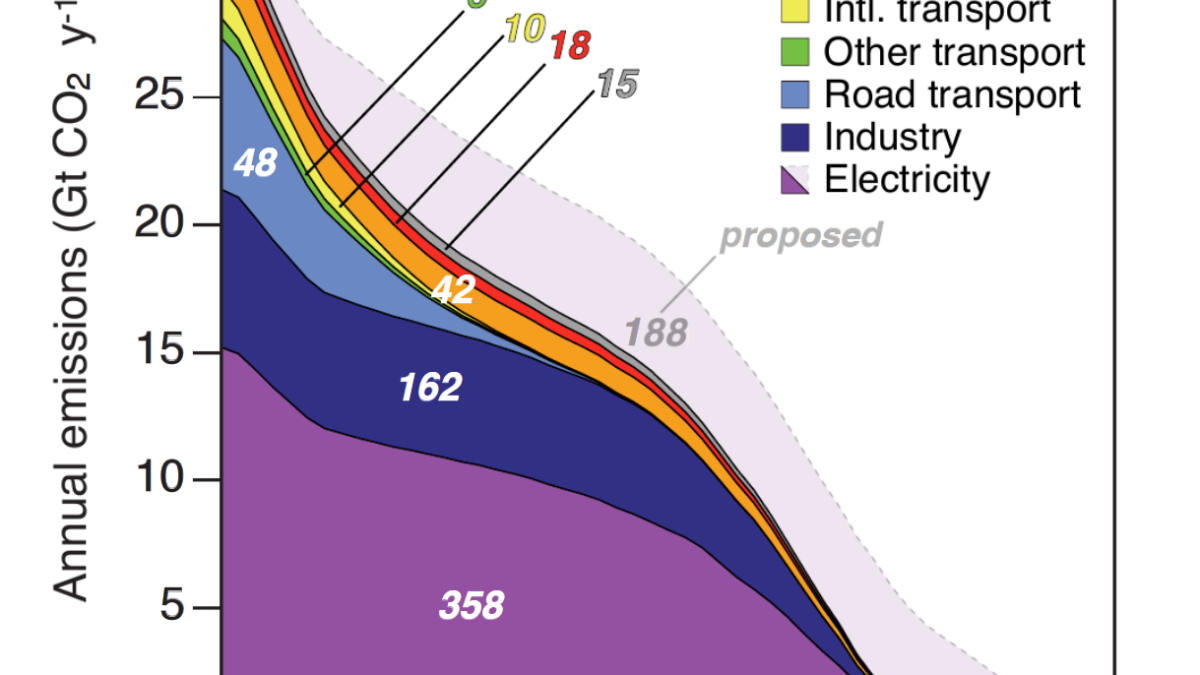There is no Plan B for dealing with climate change – “With regard to the climate crisis, yes, it’s time to panic”

By Raymond Pierrehumbert
16 August 2019
(Bulletin of the Atomic Scientists) – Let’s get this on the table right away, without mincing words. With regard to the climate crisis, yes, it’s time to panic.
We are in deep trouble.
To understand why, it is necessary to understand something about carbon budgets.
Some of the carbon dioxide added to the atmosphere by human activities such as fossil fuel burning is quickly taken up by the upper ocean and land ecosystems. Some of the rest is slowly absorbed into the deep ocean over the next millennium. However, a lot remains in the atmosphere, and it is only slowly removed by geological processes that take hundreds of thousands of years. Consequently, carbon dioxide accumulates in the atmosphere throughout the lifetime of the fossil-fueled economy, and it will not drop much even after we finally kick the carbon habit and cease our carbon dioxide emissions.
The situation is analogous to mercury accumulating throughout the lifetime of long-lived fish and the humans who eat them: It is cumulative exposure rather than the rate of exposure in any given year that determines the harm. Consequently, the longer the exposure persists, the closer one approaches a deadly accumulation.
So too with climate. Unlike conventional forms of pollution like those causing smog, which depend on local emission rates over the past week or so, the harm done to the climate by carbon dioxide emissions is determined by the cumulative emissions over spans of time measured in millennia. Since cumulative emissions by definition only go up, not down, the harm done by carbon dioxide emissions is, in effect, irreversible on time scales of importance to human societies. A corollary is that in order to halt global warming, it is necessary to bring net carbon dioxide emissions by the world economy to zero. There is no so-called “safe” level of carbon dioxide emissions. As long as we continue emitting any carbon dioxide, the world will continue to warm.
Barring technological breakthroughs allowing for the active removal of massive amounts of carbon dioxide from the atmosphere, the cumulative carbon we emit will determine the climate our descendants will have to cope with for at least the next 10,000 years, and probably much longer. Some calculations illustrating this point are detailed in a Nature article I was involved in, along with a cast of dozens (Clark 2016). […]

Albedo hacking has been touted as a sort of Plan B to make up for the world’s failure to make a responsible start on decarbonization of the economy. This is the scenario envisioned in an editorial by the noted atmospheric chemist Paul Crutzen in 2006, and it has tended to dominate the perception of the role of albedo hacking ever since (Crutzen 2006). […]
But of all the possible scenarios in which albedo hacking would be deployed, using it to make up for a failure to decarbonize is the most nonsensical. Carbon dioxide accumulates in the atmosphere, but stratospheric aerosols do not. Therefore, albedo hacking as a response to failure to decarbonize requires injecting ever-increasing amounts of chemicals into the stratosphere, up to the point where the physical limits of the technique are reached or unanticipated adverse consequences become unbearable.
The excess carbon dioxide that human activities inject into the atmosphere has a warming effect that extends essentially forever, whereas the stratospheric aerosols meant to offset that warming fall out of the atmosphere in about a year. It’s just a matter of gravity – stuff denser than its surroundings falls – aided a bit by atmospheric circulations that enhance the removal. This is why the cooling effects of even a major volcanic eruption like Pinatubo dissipate after two years or so. Hence, whatever level of albedo hacking is needed to avoid a dangerous level of warming must be continued essentially forever. […]
Forever.
Think of what that word means: We would be committing generations yet unborn to continuously run a mechanical process, over a time-span longer than the age of the pyramids, longer than the estimated 5,000 years that Stonehenge has been in existence, longer than the 12,000 years that have passed since the Neolithic invention of agriculture, and longer than the tens of thousands of years that engineers hope that their proposed deep underground storage centers can house nuclear waste.And if our offspring don’t (or simply can’t) do so at some point in the future, then they will suffer the consequences of an unimaginably huge climate shock, accumulated over vast amounts of time. [more]


